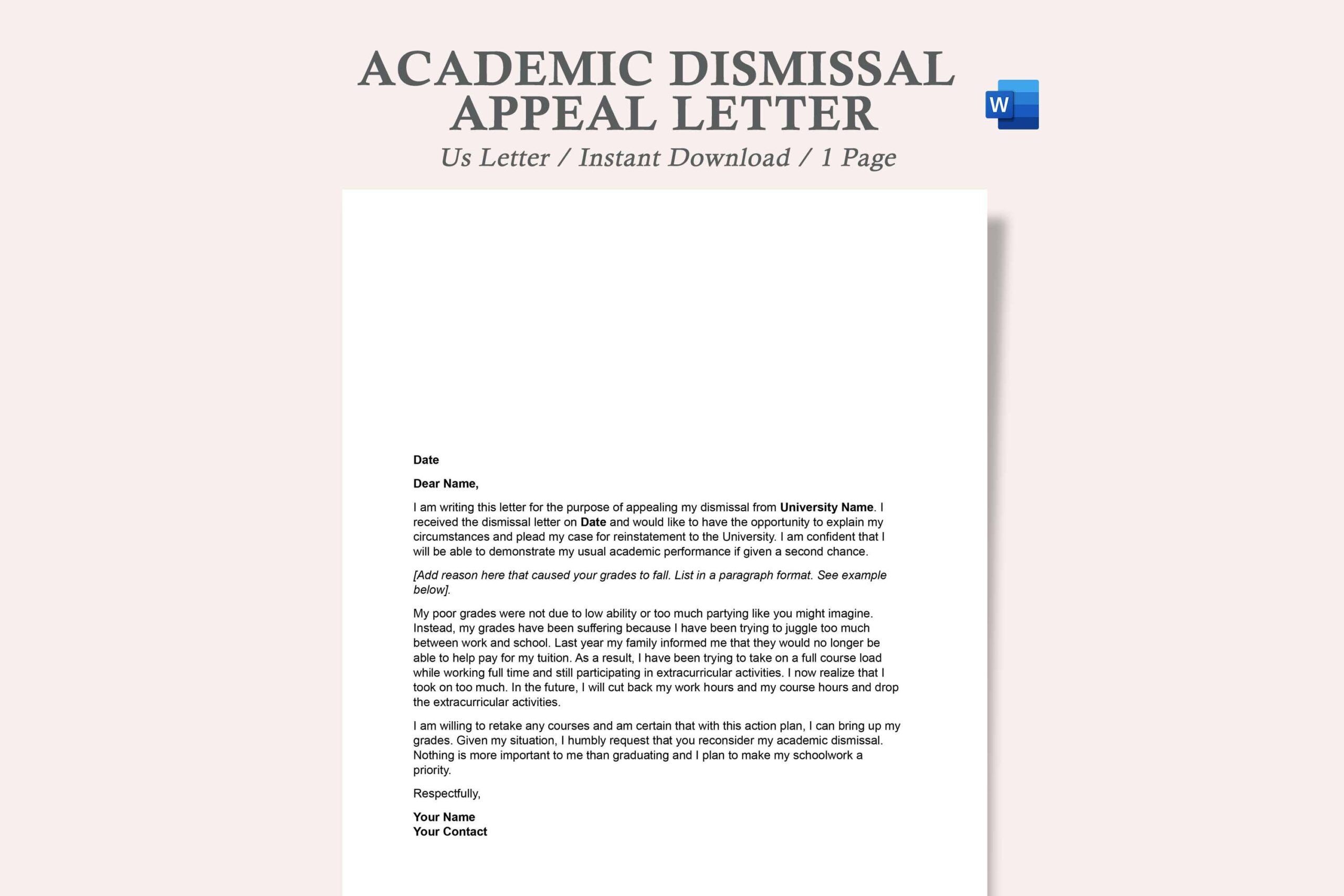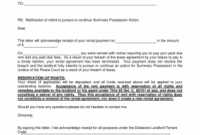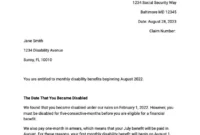Facing academic dismissal can feel like a sudden, heavy blow, leaving you with a mix of disappointment, frustration, and uncertainty about your future. It’s a challenging moment, but it’s crucial to remember that it often isn’t the final word on your academic journey. Many institutions offer an appeal process, a vital opportunity for you to explain your circumstances, demonstrate your commitment to improvement, and advocate for your reinstatement.
This appeal letter is your chance to present your side of the story, acknowledge any shortcomings, and articulate a clear plan for future success. It’s a formal request, but it’s also a deeply personal one, requiring careful thought and sincere expression. Utilizing a well-structured academic dismissal appeal letter template can provide the necessary framework, helping you organize your thoughts and present a compelling case to the academic review committee.
Understanding Your Right to Appeal and What Committees Look For
Academic dismissal often occurs when a student fails to meet specific academic standards, such as maintaining a minimum GPA or passing required courses. While the initial letter of dismissal can feel final, most educational institutions recognize that students can face unforeseen challenges – be it personal difficulties, health issues, family emergencies, or even a mismatch in study strategies. This is precisely why the appeal process exists: to provide an avenue for students to explain these mitigating circumstances and demonstrate their potential for future success.
The appeal committee isn’t looking for excuses; they are seeking understanding and evidence of a genuine commitment to change. They want to know what went wrong, why it happened, and, most importantly, what concrete steps you plan to take to ensure it doesn’t happen again. Your appeal letter serves as a narrative, allowing you to articulate your struggles and, more critically, your proposed solutions.
When evaluating an appeal, committees typically look for several key elements. First, they want to see that you take responsibility for your academic performance. Blaming others or making excuses rarely works. Second, they need a clear explanation of the circumstances that contributed to your poor academic standing. This could include medical issues, personal tragedies, or significant life changes. Third, and perhaps most vital, they want to see a detailed and credible plan for how you will address these issues and improve your academic performance moving forward. This might involve tutoring, counseling, reducing your course load, or changing your study habits.

Your appeal is an opportunity to show maturity, self-awareness, and a proactive approach to overcoming adversity. It’s about demonstrating that you have learned from your experience and are ready to re-engage with your studies with renewed focus and a solid strategy. A well-crafted letter, supported by evidence where possible, significantly strengthens your case.
Key Elements to Include in Your Appeal
- Acknowledge Responsibility: Start by taking ownership of your academic performance.
- Explain Mitigating Circumstances: Clearly and concisely describe the personal or external factors that contributed to your academic difficulties. Provide dates and details where appropriate.
- Provide Supporting Documentation: If applicable, include letters from doctors, counselors, employers, or other relevant parties to corroborate your claims.
- Outline a Detailed Plan for Improvement: This is crucial. Specify the exact steps you will take to ensure academic success if reinstated. This might include seeking academic support services, utilizing campus counseling, adjusting your work schedule, or changing your major.
- Demonstrate Commitment: Express your unwavering desire to continue your education at the institution and your belief in your ability to succeed.
- Request Reinstatement: Clearly state what you are asking for – typically, readmission on academic probation.
Crafting Your Persuasive Appeal Letter: A Step-by-Step Guide
Writing an appeal letter can feel daunting, but approaching it systematically can make the process much more manageable and effective. Think of your letter as a formal presentation of your case, designed to be clear, concise, and compelling. The aim is to persuade the committee that, despite past difficulties, you are a capable student deserving of another chance.
Start by gathering all relevant information, including your dismissal letter, academic transcripts, and any supporting documentation you might need. Before you even begin writing, outline the main points you want to cover. What were the circumstances? What did you learn? What is your plan? This structure will be vital for your academic dismissal appeal letter template to be effective.
Your letter should always maintain a respectful and professional tone. While it’s important to be honest about your struggles, avoid language that sounds accusatory, defensive, or overly emotional. Focus on facts, personal accountability, and your forward-looking plan. Remember, the committee wants to see a mature individual ready to take on the responsibilities of being a student.
Finally, dedicate ample time to reviewing and editing your letter. A single grammatical error or typo can detract from your professionalism. Ask a trusted friend, family member, mentor, or academic advisor to read your draft. They might catch errors you missed or offer suggestions for strengthening your arguments. Their fresh perspective can be invaluable in ensuring your message is clear and impactful.
Steps for a Strong Appeal Letter
- Formal Salutation: Address the letter to the specific committee or individual as indicated in your dismissal notice.
- Clear Introduction: State your name, student ID, and the purpose of the letter (appealing academic dismissal).
- Body Paragraphs – Explanation: Detail the mitigating circumstances. Be specific and provide context without making excuses.
- Body Paragraphs – Plan: Clearly articulate your concrete plan for academic recovery. Be specific about resources you will use and changes you will implement.
- Conclusion: Reiterate your commitment to success and politely request reinstatement.
- Formal Closing: Use a professional closing like “Sincerely” or “Respectfully.”
Taking the time to construct a thoughtful and well-reasoned appeal letter can make all the difference. This process is not just about writing; it’s about reflecting on your past, strategizing for your future, and demonstrating your resilience. Believe in your ability to overcome this hurdle and present your best self to the committee. Your academic journey is worth fighting for, and a strong appeal letter is your most powerful tool.



